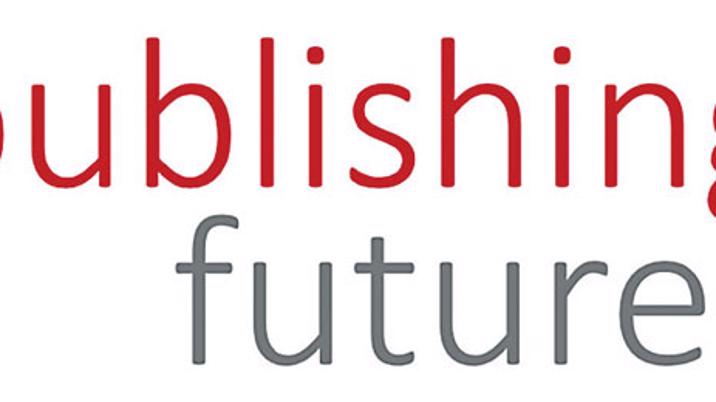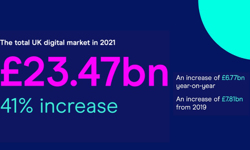
At the core of this year’s Publishing Futures project is a structured Health Check for media companies. 99 organisations participated in the survey, which has generated a wealth of benchmarking data. This is helping to define “what good looks like” in a modern publishing operation. Yet what does the overall environment in which we are all operating actually look like currently?
The graph (below) picks up on four key industry metrics.
1. Turnover Growth
- 58% of the participating companies report that their topline turnover is growing. That is well down on the 72% seen in the last Publishing Futures survey in 2015. Yet the industry is much more bullish about next year with the figure flicking back up to 72% again.
- In terms of the average rate of growth, that shows the same pattern. Turnovers were rising at +5-6% per year, then slowed to +3% this year. The prediction is that 2018 will be back up to +5% again.
The overall picture is that 2017 is turning out to be a tough year, but that hopes are high for a better 2018.
2. Profitability
- 79% of the participating companies are currently in profit. As with turnover, this is well down on previous years, but is forecast to bounce back to a record-breaking 90% next year.
- Looking at the actual profit margins of those companies that are in the black, these are averaging at just over 12% now and are predicted to hold steady next year.
Despite all the pressures, the media business is still delivering profit margins that many other industries would kill for. Yet this is the result on ongoing and grinding cost control which is now baked into the culture of most companies.
3. Headcount
- 40% of companies claim that their headcount is growing. This is well down on previous surveys – of all the key metrics, headcount is the one that has dived fastest in 2017.
With turnover growing faster than headcount, the industry’s productivity figures are increasing, but many people are finding the pressures intense. A common theme running through the survey is that there are simply not enough people resources to get through the “to do” list which continues to grow longer and longer as the delivery deadlines get shorter and shorter.
4. Marketing Budgets
- The marketing budget metric is holding steady: 48% of companies are stating that their spend on advertising & promotion, customer research, etc is increasing. This figure is around the same as in 2015.
The industry is continuing to invest in marketing, but this spend is being spread more thinly across an increasing range of areas. It is also clear that it is development areas, typically digital, which are drawing money out of more established, legacy activities – the print newsstand being a prime example for many Consumer publishers.
So, all the figures underline the fact that 2017 is a year of great stress, with consolidation being a key feature. This is being seen among publishers themselves, but is currently most obvious among suppliers to the industry with the closure of Dovetail, COMAG and WWMD being high profile examples. Yet once the year of the “stress test” has been endured, then the industry is looking more positively to 2018. Whether this is just wishful thinking remains to be seen. Yet there is no doubt that the publishing business is feeling that it is in the process of getting into better shape to face a volatile future.
In forthcoming issues, we will be looking at what “getting into better shape” actually means in practical terms. The Publishing Futures Health Check covers a wide range of areas from the front-end revenue streams to back-end organisational and structural issues. Extending the life of profitable, established areas while trying to develop newer (but typically lower margin) activities is the key balancing act for the foreseeable future.












